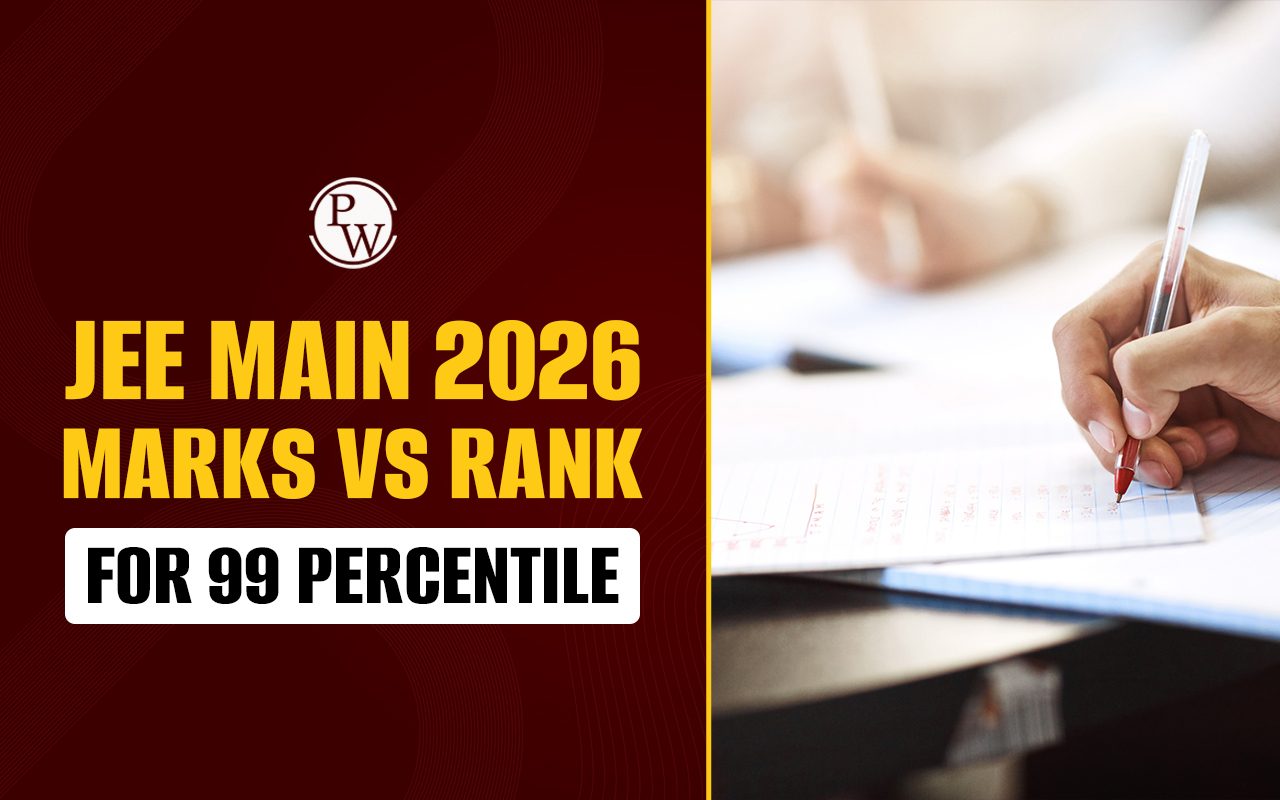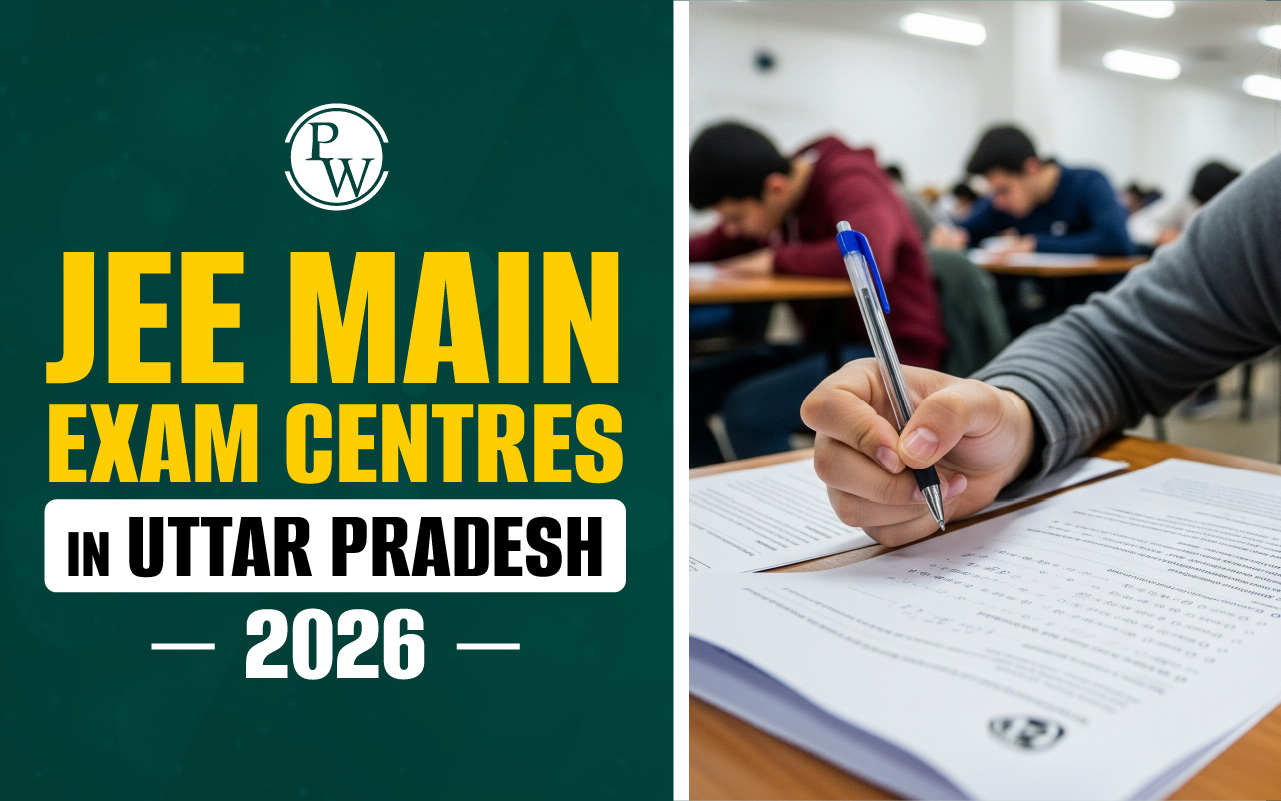
Difference Between Potentiometer And Meter Bridge : A potentiometer and a meter bridge are both instruments used in electrical measurements, but they serve different purposes and operate in different ways. Wheatstone bridge can be used to find the value of unknown resistance. Using the working principle of the Wheatstone bridge we can operate a device named metre bridge. While A potentiometer can be used to compare the EMFs of two cells, find the internal resistance of a primary cell, and compare the resistances.
Difference Between Potentiometer And Meter Bridge
Difference Between Potentiometer And Meter Bridge : In this Article we described some specific differences between a potentiometer and a meter bridge:
Function Related Difference Between Potentiometer And Meter Bridge
Potentiometer : Primarily used to measure potential difference (voltage) across a circuit element or to compare electromotive forces (emfs) of cells. It can also measure internal resistance of cells.
Meter Bridge : Mainly used to measure unknown resistance by balancing it against a known resistance using the Wheatstone bridge principle.
Measurement Principle Related Difference Between Potentiometer And Meter Bridge
Potentiometer : Operates on the principle of a voltage divider. It adjusts a sliding contact along a resistive element to obtain a desired voltage.
Meter Bridge : Works on the Wheatstone bridge principle, which balances two arms of a bridge circuit with known resistances against two arms with unknown resistances.
Components Related Difference Between Potentiometer And Meter Bridge
Potentiometer : Consists of a resistive element with three terminals and a sliding contact.
Meter Bridge : Comprises a uniform wire (usually made of nichrome) stretched between two terminals, along with a sliding jockey for making contact with the wire.
Uses Related Difference Between Potentiometer And Meter Bridge
Potentiometer : Commonly used in laboratory settings for precise voltage measurements and calibration purposes.
Meter Bridge : Found in physics laboratories for accurate measurement of resistance, especially when the value of an unknown resistor needs to be determined.
Adjustability Related Difference Between Potentiometer And Meter Bridge
Potentiometer : The sliding contact can be adjusted continuously along the resistive element to obtain different voltages.
Meter Bridge : The position of the sliding jockey can be adjusted along the wire to balance the bridge circuit and determine the unknown resistance.
Application Related Difference Between Potentiometer And Meter Bridge
Potentiometer : Suitable for measuring voltage in various circuits, comparing emfs, and determining internal resistance of cells.
Meter Bridge : Specifically designed for measuring resistance, particularly when high accuracy is required.
Metre Bridge In JEE Physics
Metre Bridge In JEE Physics : Metre Bridge In JEE Physics : Meter bridge is used to find the unknown resistance of a wire. The principle behind the working of metre bridge is Wheatstone bridge.
It consist of 1 m long uniform wire (
AB
), a known resistance (
R
) and an unknown resistance (
S
). A cell is connected across 1 m long wire and Galvanometer is connected between jockey and midpoint of
R
and
S
. Jockey is moved along the wire to obtain the balanced condition. Let the balance point is
C
and the length of
AC
is
l
cm. So,
BC
= (100 –
l
) cm. Let
r
is the resistance per cm. Under balanced condition,
Potentiometer In JEE Physics
Potentiometer In JEE Physics : We know that resistance of an ideal voltmeter is infinite. But, practically voltmeter has a finite resistance. So, it draws some current. Hence, potentiometer is used to overcome this problem as it draws no current from the circuit. The working principle of potentiometer is “any unknown potential difference is balanced on a known potential difference which is uniformly distributed over entire length of potentiometer wire. This process is named as null deflection method.
The primary circuit of potentiometer consist of a constant source of voltage and rheostat. The secondary circuit consist of a galvanometer and cell of unknown emf.
Potential per unit length across potentiometer wire is equal to potential gradient.
i.e.,
So,
Where E is the emf of voltage source
R P is the resistance of potentiometer wire
R 1 is the resistance of rheostat
r is the internal resistance of cell.
Potential gradient ( x ) is an element of primary circuit and any charge in secondary circuit cases no charge in x .
Applications Of Potentiometer
(a) Comparison of emf of two cells
In the above setup, let the balancing length when 1 and 2 are connected is
and the balancing length when 2 and 3 are connected is
So,
and
(b) Internal resistance of a given primary cell
We know that
...(1)
In the above circuit if key k is open
(where
)
If key k is closed
(where
)
Substituting these two relation in equation (1), we get
(c) Comparison of two resistance
In the above circuit, if 1 and 2 are connected and balanced
If 2 and 3 are connected and balanced,
Meter Bridge Example
Example 1 : A meter bridge is set-up as shown in figure, to determine an unknown resistance X using a standard 10 Ω resistor. The galvanometer shows null point when tapping-key is at 52 cm mark. The end-corrections are I cm and 2 cm respectively for the ends A and B . The determined value of X is
A. 10.2 Ω
B. 10.6 Ω
C. 10.8 Ω
D. 11.1 Ω
Sol. Using the concept of balanced Wheat stone bridge, we have,
Example 2:
A potentiometer wire
AB
having length
L
and resistance 12
r
is joined to a cell
D
of EMF ε and internal resistance
r
. A cell
C
having emf
and internal resistance 3
r
is connected. The length
AJ
at which the galvanometer as shown in figure shows no deflection is
A.
B.
C.
D.
Sol. Given, length of potentiometer wire ( AB ) = L
Resistance of potentiometer wire ( AB ) = 12 r
EMF of cell D of potentiometer = ε
Internal resistance of cell ‘ D ’ = r
EMF of cell ‘
C
’ =
Internal resistance of cell ‘ C ’ = 3 r
Current in potentiometer wire
Potential drop across the balance length AJ of potentiometer wire is
(Resistance per unit length of potentiometer wire × length
AJ
)
where, x = balance length AJ .
As null point occurs at J so potential drop across balance length AJ = EMF of the cell ‘ C ’.
Difference Between Potentiometer And Meter Bridge FAQs
Q.1 : What is a metre bridge?
Q.2 : What is the principle behind the working of metre bridge?
Q.3 : What are the applications of a potentiometer?










